Search
Items tagged with: Astrophysics
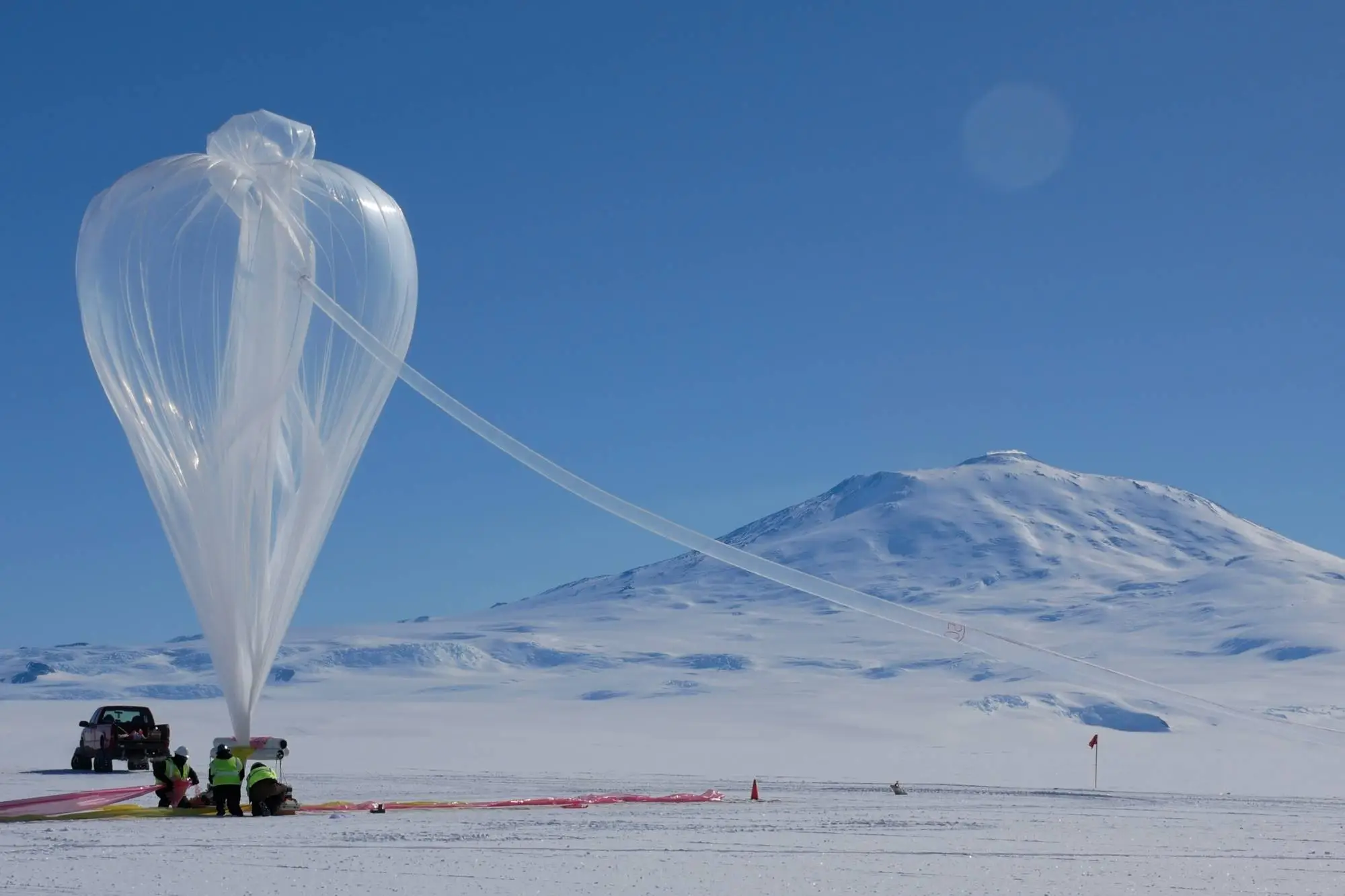
NASA Scientific Balloon Flights to Lift Off From Antarctica - NASA
NASA’s Scientific Balloon Program has returned to Antarctica’s icy expanse to kick off the annual Antarctic Long-Duration Balloon Campaign, where two balloonOlivia F. Littleton (NASA)

NASA's Hubble Celebrates Decade of Tracking Outer Planets - NASA Science
Encountering Neptune in 1989, NASA’s Voyager mission completed humankind’s first close-up exploration of the four giant outer planets of our solar system.science.nasa.gov
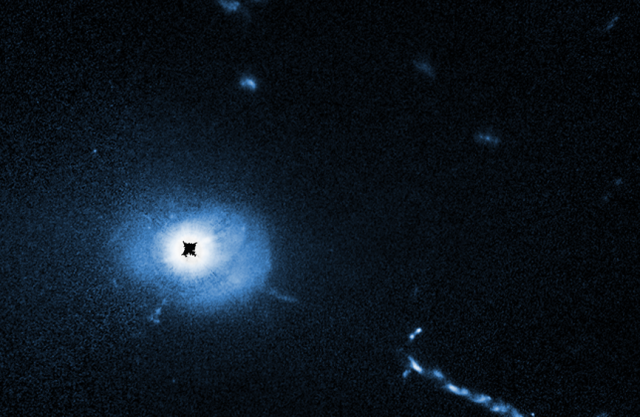
NASA's Hubble Takes the Closest-Ever Look at a Quasar - NASA Science
Astronomers have used the unique capabilities of NASA’s Hubble Space Telescope to peer closer than ever into the throat of an energetic monster black hole powering a quasar.science.nasa.gov

This Thanksgiving, We’re Grateful for NASA’s Amateur Scientists! - NASA Science
This year, we’re giving thanks to you for Doing NASA Science! You and the millions of other volunteers have enabled an incredible banquet of discoveries—by taking data, analyzing data, writing code, writing papers, and even inventing your own science…science.nasa.gov

This Thanksgiving, We’re Grateful for NASA’s Amateur Scientists! - NASA Science
This year, we’re giving thanks to you for Doing NASA Science! You and the millions of other volunteers have enabled an incredible banquet of discoveries—by taking data, analyzing data, writing code, writing papers, and even inventing your own science…science.nasa.gov
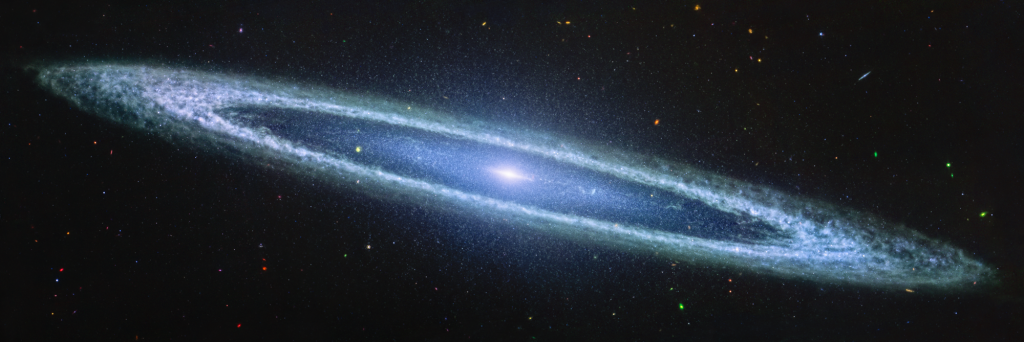
Hats Off to NASA’s Webb: Sombrero Galaxy Dazzles in New Image - NASA Science
In a new image from NASA’s James Webb Space Telescope, a galaxy named for its resemblance to a broad-brimmed Mexican hat appears more like an archery target.science.nasa.gov
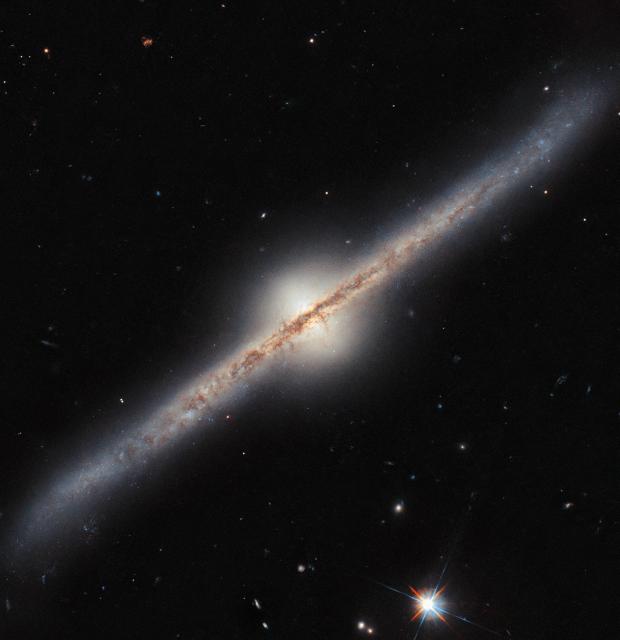
Hubble Captures an Edge-On Spiral with Curve Appeal - NASA Science
This NASA/ESA Hubble Space Telescope image features a spiral galaxy, named UGC 10043. We don’t see the galaxy’s spiral arms because we are seeing it from the side.science.nasa.gov
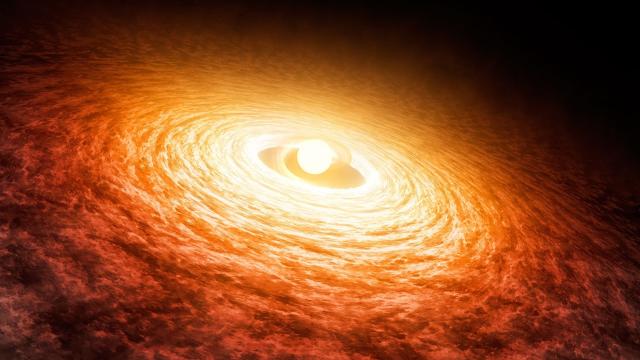
NASA's Hubble Finds Sizzling Details About Young Star FU Orionis - NASA Science
In 1936, astronomers saw a puzzling event in the constellation Orion: the young star FU Orionis (FU Ori) became a hundred times brighter in a matter of months. At its peak, FU Ori was intrinsically 100 times brighter than our Sun.science.nasa.gov
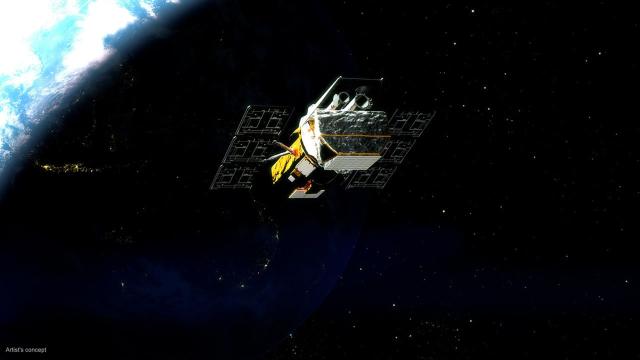
NASA’s Swift Reaches 20th Anniversary in Improved Pointing Mode - NASA Science
After two decades in space, NASA’s Neil Gehrels Swift Observatory is performing better than ever thanks to a new operational strategy implemented earlier this year.science.nasa.gov
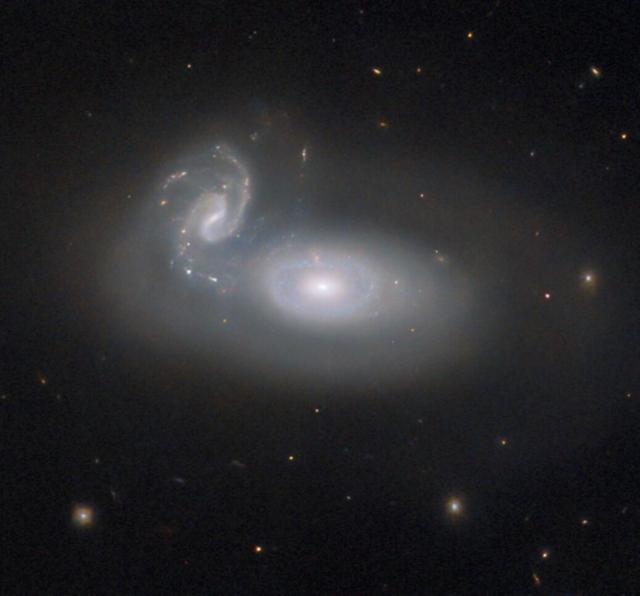
Hubble Takes a Look at Tangled Galaxies - NASA Science
This NASA/ESA Hubble Space Telescope image depicts the cosmic tangle that is MCG+05-31-045, a pair of interacting galaxies located 390 million light-years away and a part of the Coma galaxy cluster.science.nasa.gov
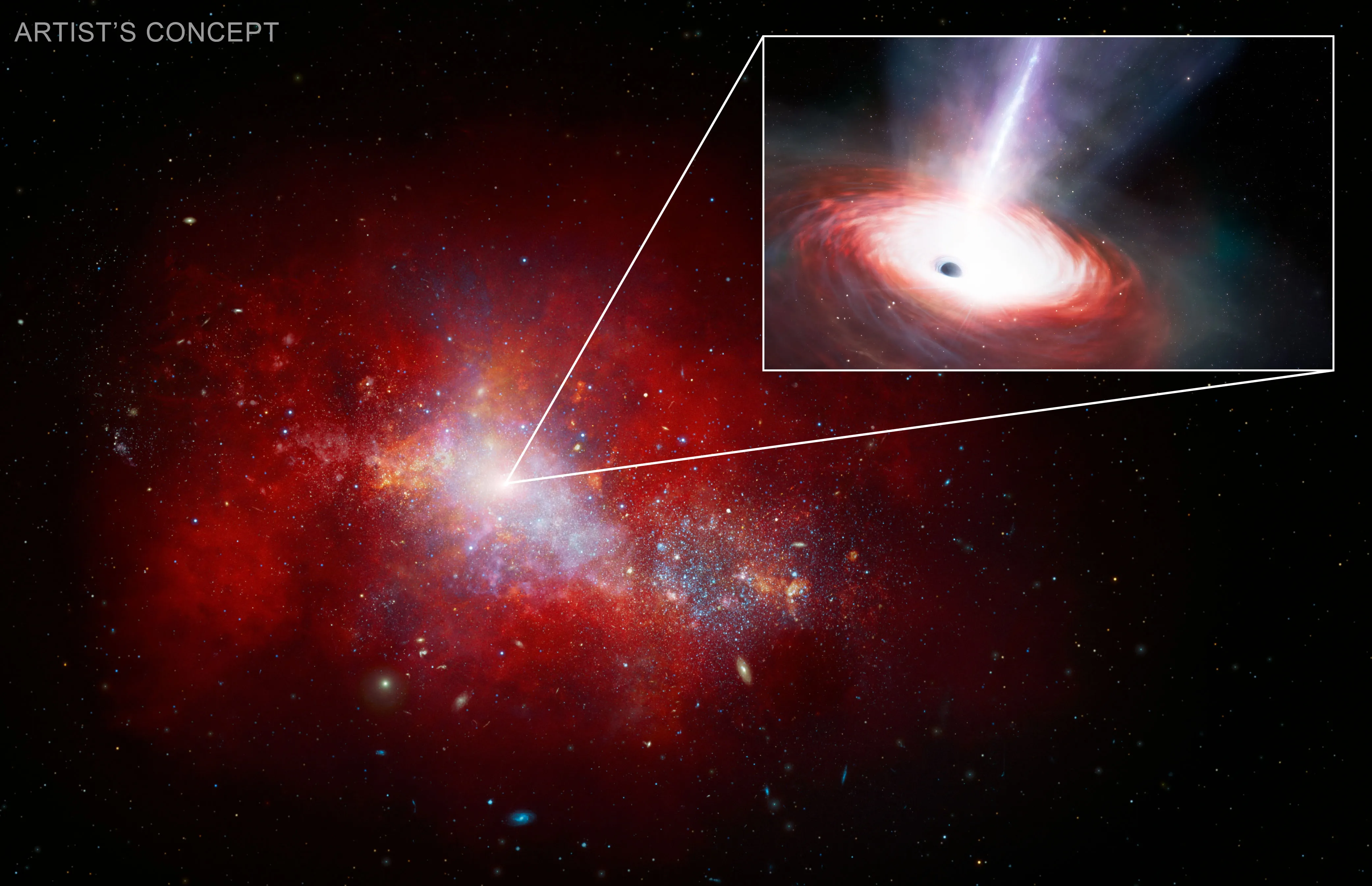
Astronomers Find Early Fast-Feeding Black Hole Using NASA Telescopes - NASA
A rapidly feeding black hole at the center of a dwarf galaxy in the early universe, shown in this artist’s concept, may hold important clues to the evolutionLee Mohon (NASA)
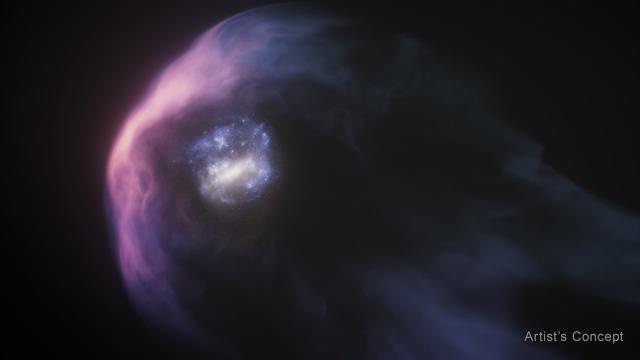
NASA's Hubble Sees Aftermath of Galaxy's Scrape with Milky Way - NASA Science
A story of survival is unfolding at the outer reaches of our galaxy, and NASA’s Hubble Space Telescope is witnessing the saga. The Large Magellanic Cloud, also called the LMC, is one of the Milky Way galaxy’s nearest neighbors.science.nasa.gov

NASA’s Swift Studies Gas-Churning Monster Black Holes - NASA Science
e Scientists using observations from NASA’s Neil Gehrels Swift Observatory have discovered, for the first time, the signal from a pair of monster black holes disrupting a cloud of gas in the center of a galaxy.science.nasa.gov
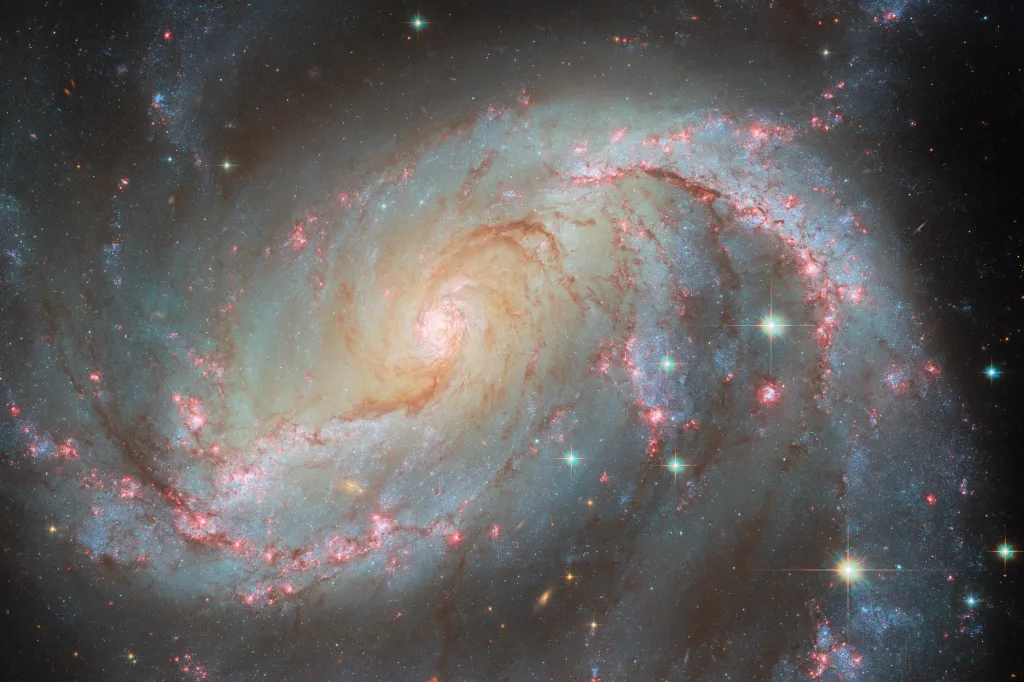
Hubble Captures a Galaxy with Many Lights - NASA Science
This NASA/ESA Hubble Space Telescope image features NGC 1672, a barred spiral galaxy located 49 million light-years from Earth in the constellation Dorado.science.nasa.gov

NASA’s NEOWISE Spacecraft Re-Enters Atmosphere, But More Discoveries Await! - NASA Science
NASA’s NEOWISE (Near-Earth Object Wide-field Infrared Survey Explorer) spacecraft re-entered and burned up in Earth’s atmosphere on Friday night, as expected.science.nasa.gov

Sadie Coffin Named Association for Advancing Participatory Sciences/NASA Citizen Science Leaders Series Fellow - NASA Science
In August, the Association for Advancing Participatory Sciences (AAPS) announced a fellowship opportunity in partnership with the NASA Citizen Science Leaders Series.science.nasa.gov
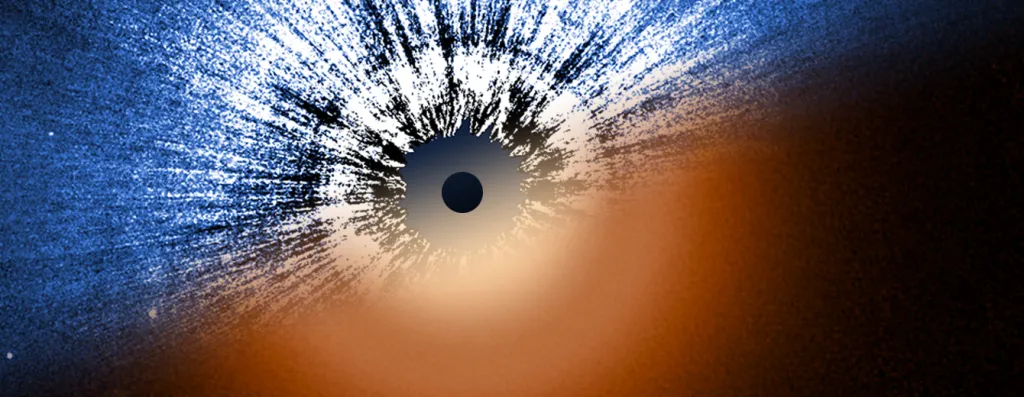
NASA's Hubble, Webb Probe Surprisingly Smooth Disk Around Vega - NASA Science
In the 1997 movie “Contact,” adapted from Carl Sagan’s 1985 novel, the lead character scientist Ellie Arroway (played by actor Jodi Foster) takes a space-alien-built wormhole ride to the star Vega.science.nasa.gov

Why NASA’s SPHEREx Mission Will Make ‘Most Colorful’ Cosmic Map Ever - NASA
The space telescope will detect over 100 colors from hundreds of millions of stars and galaxies. Here’s what astronomers will do with all that color.Anthony Greicius (NASA)

‘Blood-Soaked’ Eyes: NASA’s Webb, Hubble Examine Galaxy Pair - NASA Science
Stare deeply at these galaxies. They appear as if blood is pumping through the top of a flesh-free face. The long, ghastly “stare” of their searing eye-like cores shines out into the supreme cosmic darkness.science.nasa.gov

Hubble Sees a Celestial Cannonball - NASA Science
The spiral galaxy in this NASA/ESA Hubble Space Telescope image is IC 3225. It looks remarkably as if it was launched from a cannon, speeding through space like a comet with a tail of gas streaming from its disk behind it.science.nasa.gov
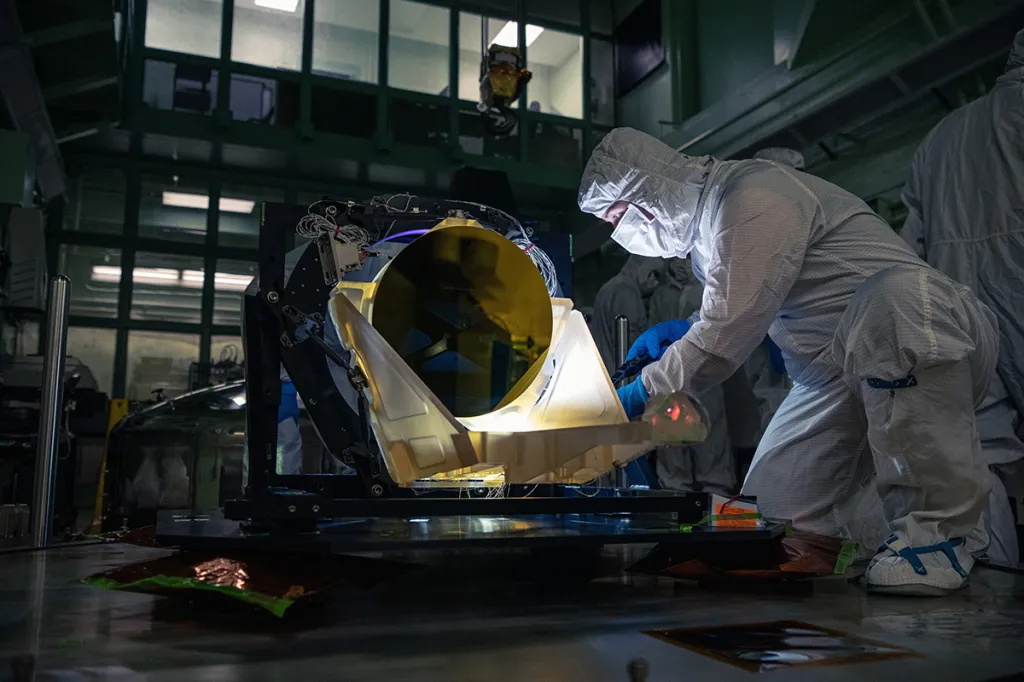
NASA Reveals Prototype Telescope for Gravitational Wave Observatory - NASA Science
NASA has revealed the first look at a full-scale prototype for six telescopes that will enable, in the next decade, the space-based detection of gravitational waves — ripples in space-time caused by merging black holes and other cosmic sources.science.nasa.gov
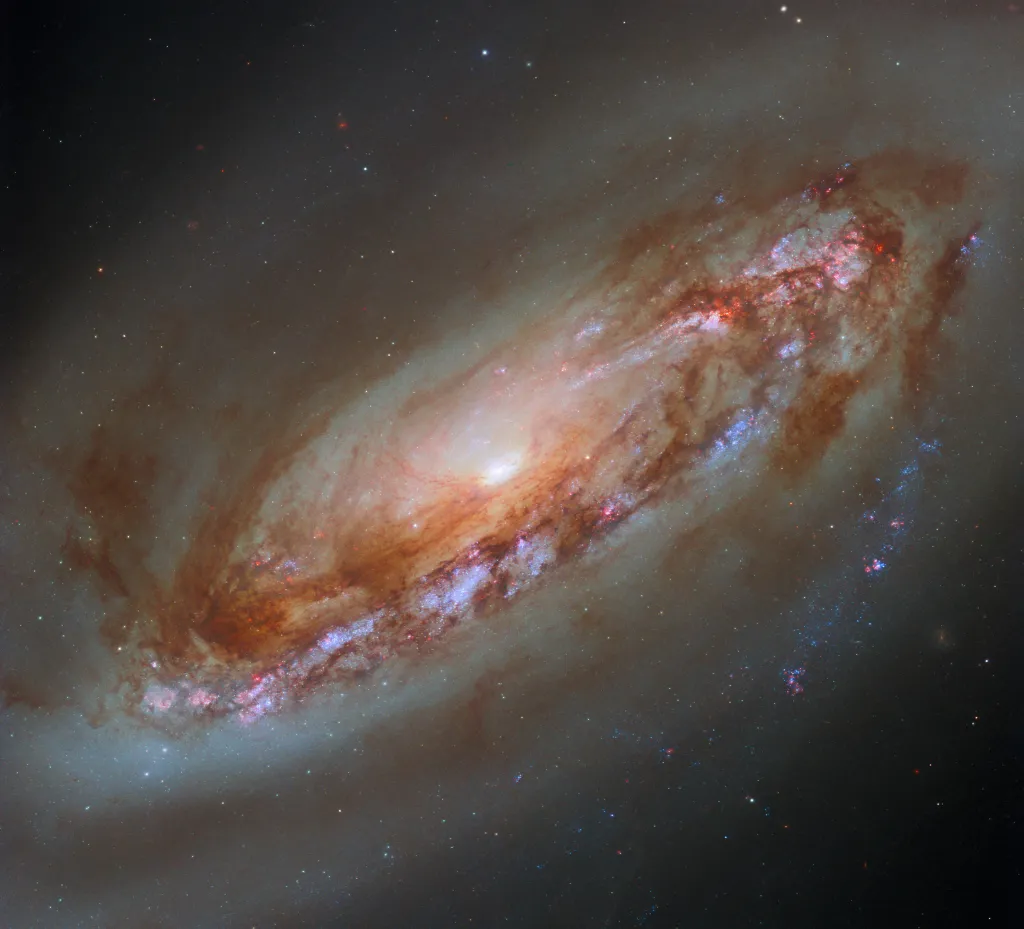
Hubble Captures a New View of Galaxy M90 - NASA Science
This NASA/ESA Hubble Space Telescope image features the striking spiral galaxy Messier 90 (M90, also NGC 4569), located in the constellation Virgo.science.nasa.gov
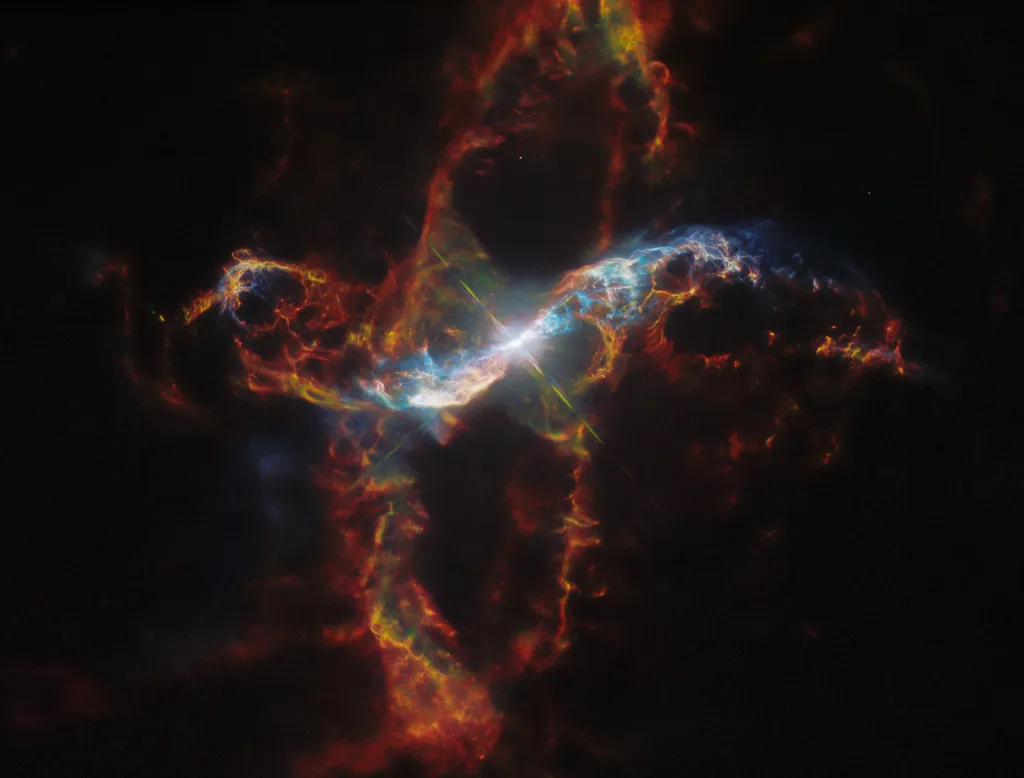
NASA's Hubble Sees a Stellar Volcano - NASA Science
NASA’s Hubble Space Telescope has provided a dramatic and colorful close-up look at one of the most rambunctious stars in our galaxy, weaving a huge spiral pattern among the stars.science.nasa.gov
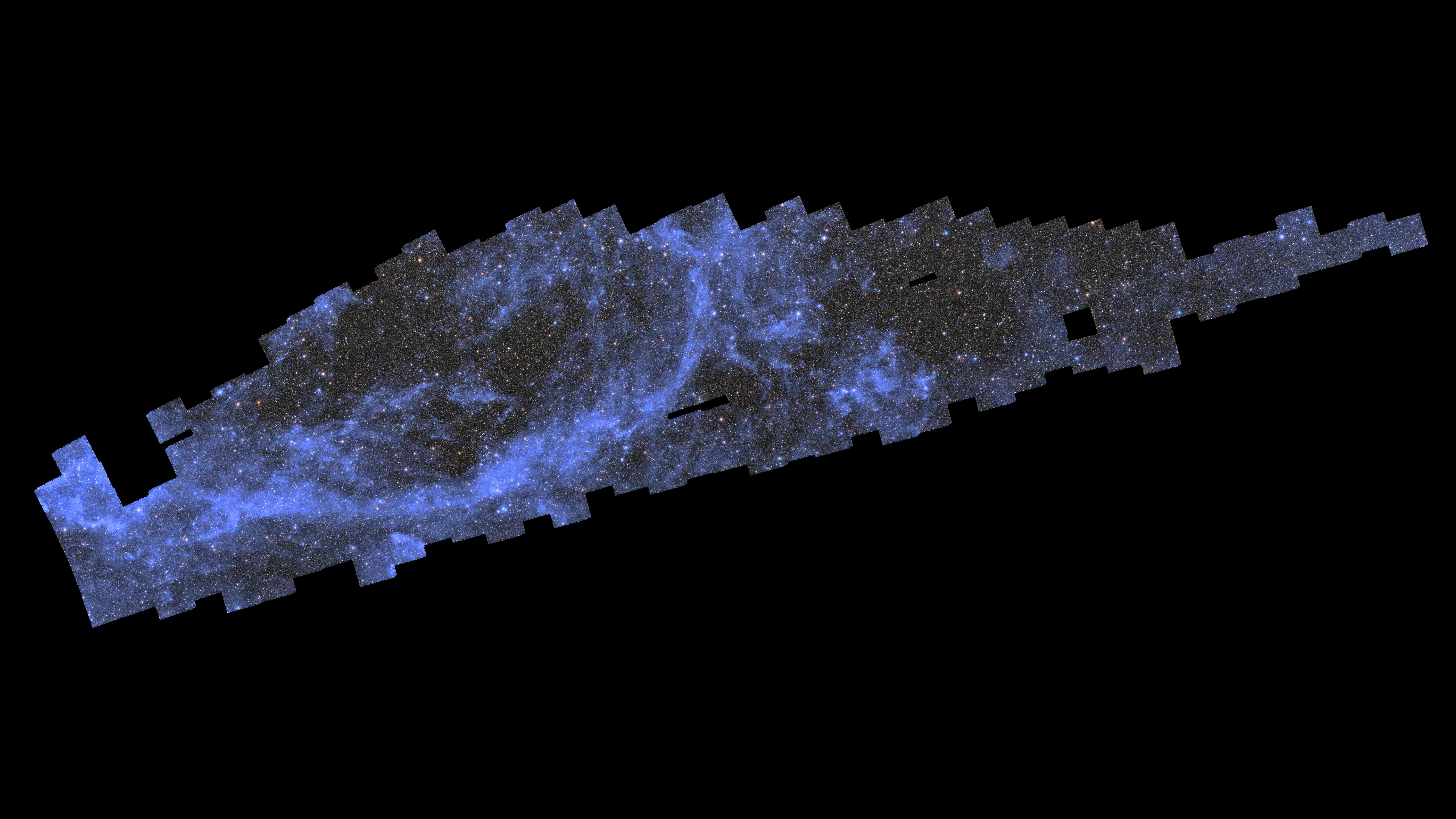
Snippet of Euclid Mission’s Cosmic Atlas Released by ESA - NASA
With contributions from NASA, the mission will map a third of the sky in order to study a cosmic mystery called dark energy.Anthony Greicius (NASA)
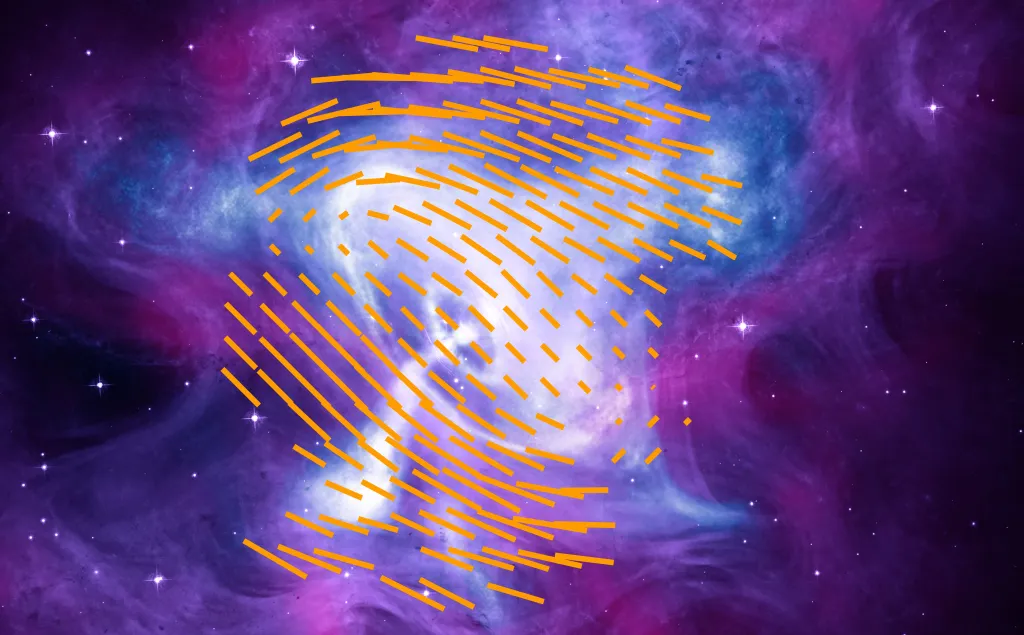
Revealing the Hidden Universe with Full-shell X-ray Optics at NASA MSFC - NASA Science
The study of X-ray emission from astronomical objects reveals secrets about the Universe at the largest and smallest spatial scales.science.nasa.gov

Hubble Spots a Grand Spiral of Starbursts - NASA Science
The sparkling scene depicted in this NASA/ESA Hubble Space Telescope image is of the spiral galaxy NGC 5248, located 42 million light-years from Earth in the constellation Boötes. It is also known as Caldwell 45.science.nasa.gov

Does Distant Planet Host Volcanic Moon Like Jupiter’s Io? - NASA
The existence of a moon located outside our solar system has never been confirmed but a new NASA-led study may provide indirect evidence for one.Anthony Greicius (NASA)

Black Hole Destroys Star, Goes After Another, NASA Missions Find - NASA
NASA’s Chandra X-ray Observatory and other telescopes have identified a supermassive black hole that has torn apart one star and is now using that stellarNASA

Hubble Observes a Peculiar Galaxy Shape - NASA Science
This NASA/ESA Hubble Space Telescope image reveals the galaxy, NGC 4694. Most galaxies fall into one of two basic types.science.nasa.gov

NASA’s TESS Spots Record-Breaking Stellar Triplets - NASA
Professional and amateur astronomers teamed up with artificial intelligence to find an unmatched stellar trio called TIC 290061484, thanks to cosmic “strobeAshley Balzer (NASA)
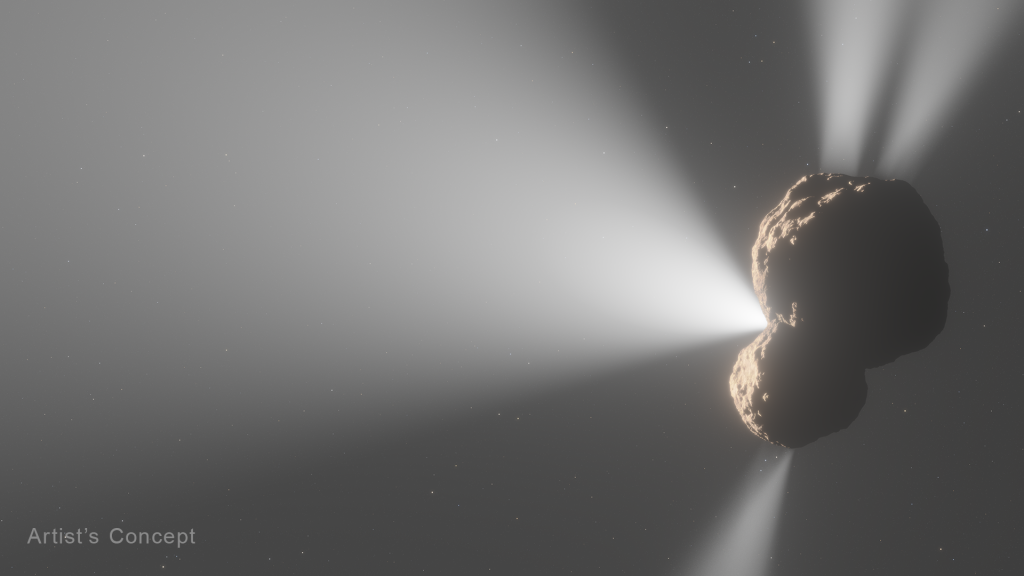
NASA’s Webb Reveals Unusual Jets of Volatile Gas from Icy Centaur 29P - NASA Science
Inspired by the half-human, half-horse creatures that are part of Ancient Greek mythology, the field of astronomy has its own kind of centaurs: distant objects orbiting the Sun between Jupiter and Neptune.science.nasa.gov

Hubble Captures Stellar Nurseries in a Majestic Spiral - NASA Science
This image from the NASA/ESA Hubble Space Telescope features the spiral galaxy IC 1954, located 45 million light-years from Earth in the constellation Horologium.science.nasa.gov

Hubble Captures Steller Nurseries in a Majestic Spiral - NASA Science
This image from the NASA/ESA Hubble Space Telescope features the spiral galaxy IC 1954, located 45 million light-years from Earth in the constellation Horologium.science.nasa.gov
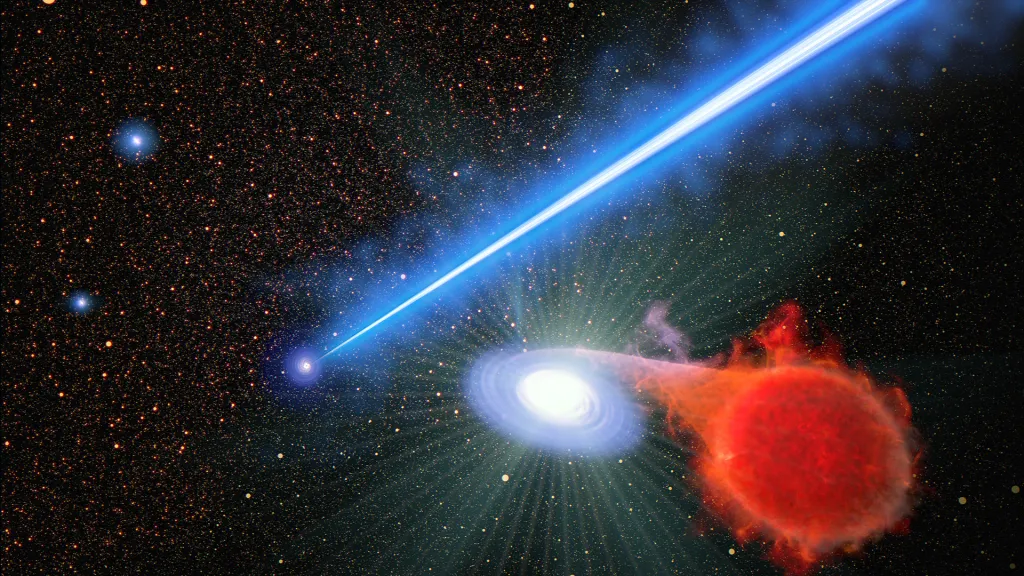
NASA's Hubble Finds that a Black Hole Beam Promotes Stellar Eruptions - NASA Science
In a surprise finding, astronomers using NASA’s Hubble Space Telescope have discovered that the blowtorch-like jet from a supermassive black hole at the core of a huge galaxy seems to cause stars to erupt along its trajectory.science.nasa.gov
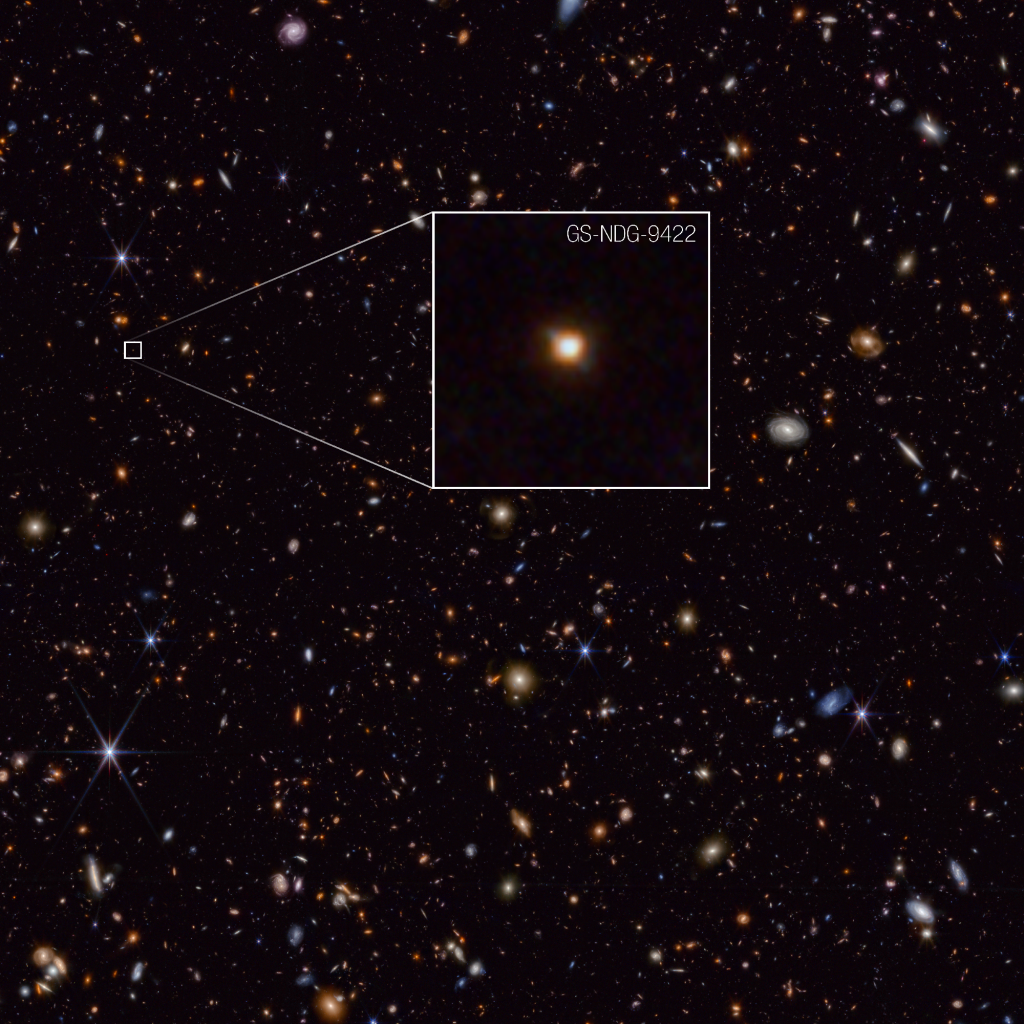
In Odd Galaxy, NASA’s Webb Finds Potential Missing Link to First Stars - NASA Science
Looking deep into the early universe with NASA’s James Webb Space Telescope, astronomers have found something unprecedented: a galaxy with an odd light signature, which they attribute to its gas outshining its stars.science.nasa.gov
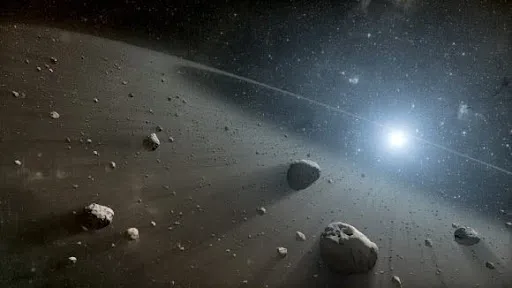
Find Exoasteroids and Peek into the Future - NASA Science
What will remain of our solar system a few billion years from now? We’re launching the Exoasteroids project to gather some clues.science.nasa.gov

Hubble Lights the Way with New Multiwavelength Galaxy View - NASA Science
The magnificent galaxy featured in this NASA/ESA Hubble Space Telescope image is NGC 1559. It is a barred spiral galaxy located in the constellation Reticulum, approximately 35 million light-years from Earth.science.nasa.gov
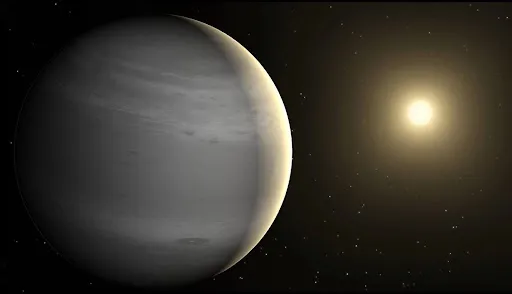
When Will That Star Dim? Amateur Planet-Chasers Got You! - NASA Science
A planet swings in front of its star, dimming the starlight we see. Events like these, called transits, provide us with bounties of information about exoplanets–planets around stars other than the Sun.science.nasa.gov
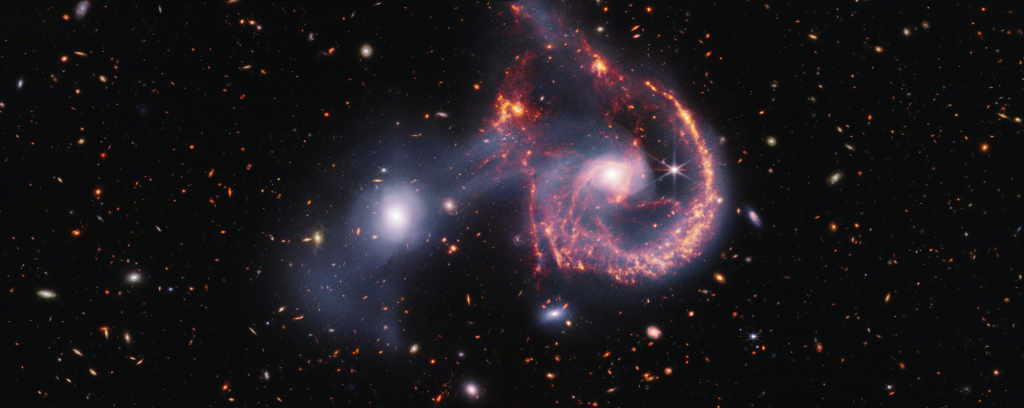
NASA’s Webb Provides Another Look Into Galactic Collisions - NASA Science
Smile for the camera! An interaction between an elliptical galaxy and a spiral galaxy, collectively known as Arp 107, seems to have given the spiral a happier outlook thanks to the two bright “eyes” and the wide semicircular “smile.science.nasa.gov
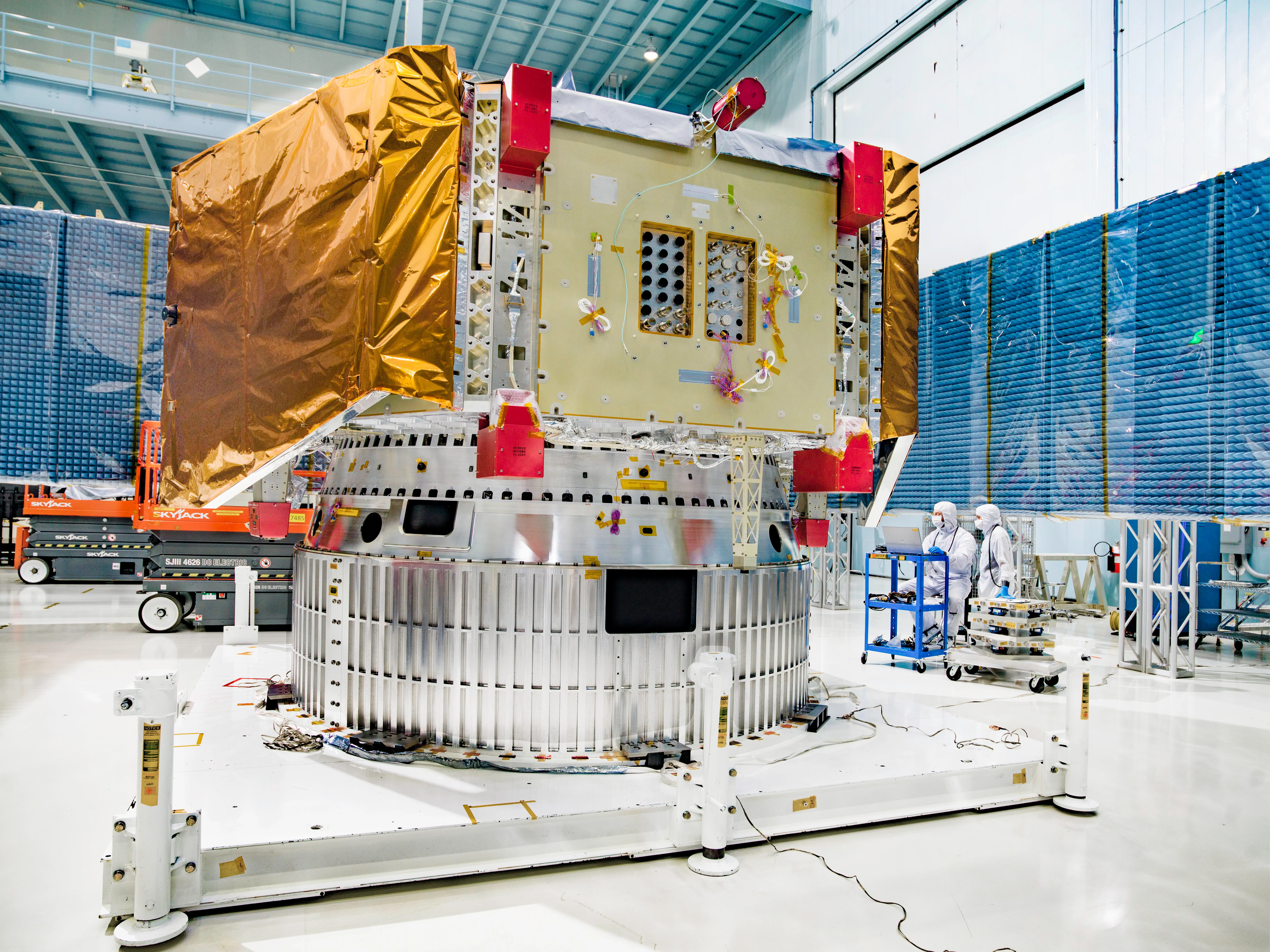
NASA Completes Spacecraft to Transport, Support Roman Space Telescope - NASA
The spacecraft bus that will deliver NASA’s Nancy Grace Roman Space Telescope to its orbit and enable it to function once there is now complete after years ofAshley Balzer (NASA)
